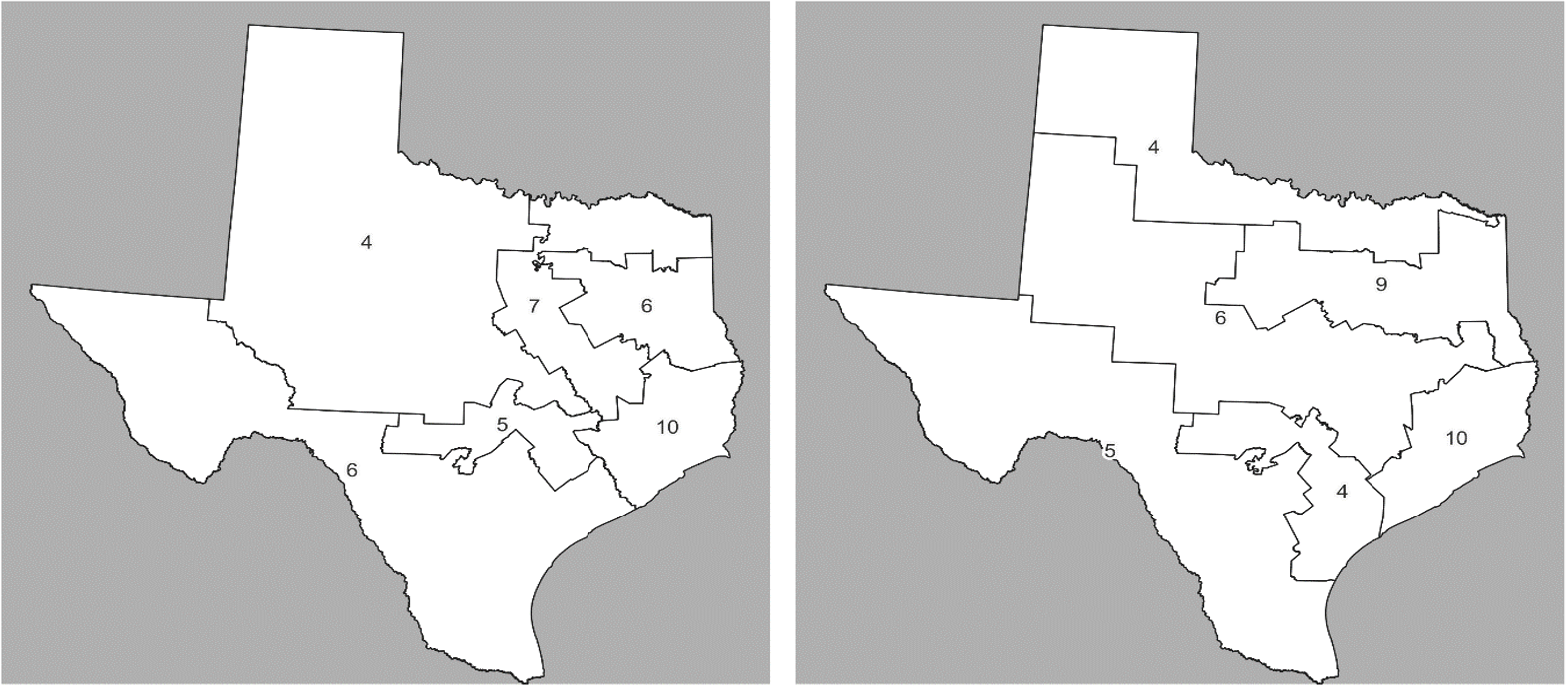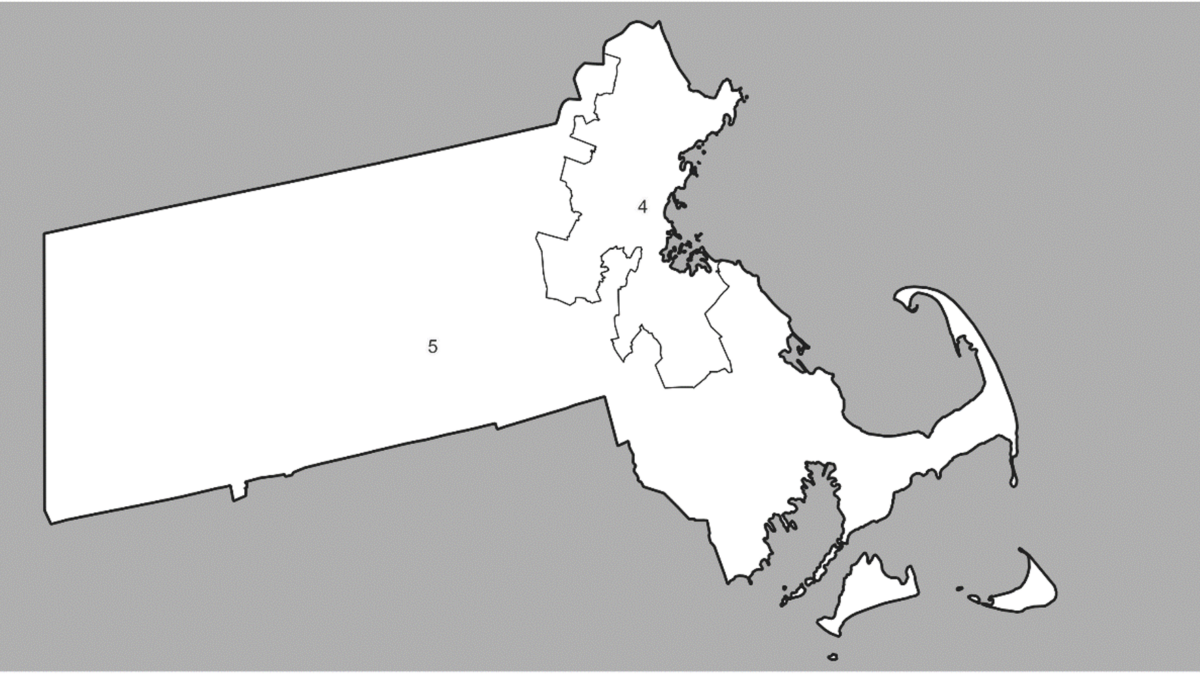Proportional representation and gerrymandering
- September 12, 2023

Gerrymandering is not a new problem in the United States. Even the founding generation was not immune to its temptations: Patrick Henry famously attempted to have Virginia’s very first congressional map drawn in a way that would prevent his archrival James Madison from winning election in 1788. (He got the map he wanted, but Madison managed to squeak through anyway.)
But, unlike in other modern democracies, gerrymandering has proven exceedingly difficult to eradicate in the United States. That’s partly because the act of drawing American electoral districts remains uniquely political. Most American states continue to delegate the task of drawing districts to state legislatures. In recent years, most states, in turn, have come to be increasingly dominated by a single party. That allows the political party in charge of map drawing to entrench itself in power when the other party has no way to prevent a partisan gerrymandered map being put in place, making it near impossible for voters to “throw the bums out” in future elections. A 2016 survey of 54 democracies by political scientists Ferran Martínez i Coma and Ignacio Lago found that the districting process in the United States was the least likely to be described by experts as impartial.
But the problem of gerrymandering in the United States isn’t just one of who draws the maps. How we elect our lawmakers also makes America’s particular electoral system especially vulnerable to gerrymandering.
For starters, almost all American state and congressional elections use single-member districts, meaning only one person represents a given district. By contrast, only about one-third of the national legislatures in the world are elected using single-member districts, according to the ACE Electoral Knowledge Network. This winner-takes-all system can often produce politically distorted results — with or without gerrymandering. If a political party’s candidate ekes out even the narrowest of wins in a district, that party gets 100 percent of the electoral spoils (that is, it wins the seat being contested). And when narrow wins like this happen not just in one district but repeatedly in districts across the map, the result, more often than not, is a significant “winner’s bonus,” such that a party’s bare electoral majority in terms of votes received becomes a comfortable legislative majority. Consider, for instance, a party that wins with 51 percent in each of a state’s six districts, grabbing all six seats. Effectively, 51 percent of votes translates into 100 percent of the seats: a 49 percent bonus. If elections are supposed to produce representative bodies that are, as John Adams wrote at the founding of the nation, “an exact Portrait, in Miniature, of the People at large,” the winner’s bonus prevents that from happening. States that in reality are fiercely contested battlegrounds end up looking much redder or bluer than they are — and are governed by the victors accordingly.
The phenomenon of a “winner’s bonus” is not unique to the United States; it can be found in most countries that use the single-seat model. As the political scientist Matthew Shugart has observed, these systems tend to produce far more disproportionate outcomes than other electoral systems, even if maps are fairly drawn. In New Zealand, for example, the 1978 and 1981 parliamentary elections famously resulted in the National Party having a majority of the seats even though the opposition Labour Party won more votes. (This electoral inversion would catalyze efforts to reform the system, ultimately culminating in a successful 1993 referendum to replace New Zealand’s winner-takes-all system with a proportional one.)
To compound the problem, not only do single-seat districts on their own tend to produce disproportionate results, but they are also susceptible to gerrymandering. That is, they make drawing unfair lines an easier task, exacerbating biased outcomes. Coma and Lago, in their 2016 survey of democracies, found that countries with single-seat elections are uniquely prone to gerrymandering, reflecting similar findings by other scholars.
Why are single-seat maps so at risk of being manipulated? Consider that a single-member district, by definition, can produce only a single winner. In the United States, in most instances, either a Democrat or a Republican will win the district. All that a gerrymander-minded district drawer needs to do to create a partisan skew across the whole map is to carefully construct districts where the opposing party’s candidates are guaranteed to get a high percentage of the vote, but always less than an electoral majority. With ever more powerful data about voters at map drawers’ disposal, such an outcome is easier than ever to accomplish: The dark art of gerrymandering is increasingly a dark science.
Unfortunately, with the Supreme Court’s 2019 ruling that federal courts have no power to police gerrymandering, there are few if any legal protections in most of the country for voters affected by manipulated maps.
The multimember district fix
To address the enduring problem of gerrymandering, some reform advocates have pushed for changes to the districting process, like adoption of independent commissions. We too support independent commissions, which bring a host of benefits to the districting process beyond partisan fairness, including better incorporating community input on maps. But while commissions may work to blunt the worst effects of gerrymandering, they, by themselves, are not enough to change the limitations inherent in the single-seat model, such as the winner’s bonus. That would require a different kind of reform.
To examine how one such alternative would perform, we looked at what would happen if instead of using single-member districts in U.S. House races, states used a system of multimember districts in which seats in each district were proportionally allocated among competing political parties based on the votes won. Under such a system, if a party in a six-seat district won 50 percent of the vote, it would expect to win three seats.
We found that even some of the most gerrymandered maps in the nation would produce fair outcomes if existing gerrymandered districts were combined into multimember districts and seats were allocated to parties proportionally. (To allocate seats, we used Belgian jurist Victor D’Hondt’s method, a common allocation method among democracies that use proportional representation, and we used political scientist Michael Gallagher’s “least squares” method to calculate disproportionality between votes and seats.)
But an important caveat is in order. Multimember districts produce a more representative outcome, but only if they are combined with a proportional way of allocating the district’s seats among parties. New Hampshire shows what happens when multimember districts are used without a proportional allocation of winners. Roughly four-fifths of New Hampshire’s lower house members are currently elected from multimember districts (the rest are elected from single-member districts). But representatives are elected using block voting, another variant of winner-takes-all, in which voters have, for example, three votes to cast among the candidates in a district with three seats, and the three candidates with the highest vote totals win. In practice, block voting tends to produce disproportionate outcomes by awarding the winning party additional seats over and above the party’s share of the vote. We find that since 1968, the multimember districts in New Hampshire’s block voting system have been, on average, only about a third less disproportionate than the single-member districts.
One last very important note before getting to our findings: Political fairness is only one dimension by which an electoral system should be judged. Other essential considerations include things like whether the system provides or enhances opportunities for long underrepresented and fast-growing racial and ethnic minorities to participate in the political process and win a seat at the table. In weighing possible reforms, it is important that these concerns not be given short shrift. For example, the creation of single-member majority-minority districts has been critical to allowing minority communities to win power for the first time in many parts of the country. Before embracing multimember districts and proportional representation, it will be important to more fully understand how electoral opportunities for communities of color might be impacted. In many areas, for instance, members of minority communities continue to be registered to vote and to turn out in elections at significantly lower rates than their white counterparts. Will multimember districts increase or decrease minority representation compared to single-member districts where the minority group is a numerical majority? While we find there would likely be benefits from multimember districts and proportional representation in terms of producing more proportionate partisan results and making maps harder to manipulate, more research is needed to assess whether such systems do equally well on other critical dimensions of fairness before such a solution can or should be endorsed.
Lessons from Texas and Massachusetts
Texas and Massachusetts offer powerful lessons about the benefits that multimember districts could bring to American politics, at least in terms of partisan fairness.
At present, Texas has one of the most gerrymandered congressional maps in the country. Although Democrats in Texas currently get just shy of half the statewide vote, they win only around a third of the Lone Star State’s 38 congressional districts thanks to the politically and racially discriminatory design of the districts. Moreover, not only are a lopsided share of the state’s seats Republican, but they are also safely Republican, with nearly all of the GOP-held seats now from districts that former President Donald J. Trump carried by 15 or more percentage points in 2020. That is, districts are designed to produce biased results in favor of Republicans, and also to blunt any real competition.
To see how proportional representation would change this, we combined the state’s existing 38 districts into six districts electing between four and ten members of the U.S. House each. We made no changes to the districts themselves other than combining them into larger districts centered around major urban centers like the Dallas-Fort Worth Metroplex and Houston. Then, to estimate the partisan vote share in each of these multimember districts, we used data from 31 statewide contested races from 2016 to 2020 prepared by the Voting and Election Science Team (based at the University of Florida and Wichita State University). To show the robustness of proportional representation, we also did the same with an alternative Texas congressional map, drawn by a Democratic member of the legislature, that was not gerrymandered.

We also looked at the effect of introducing a proportional system in Massachusetts. At present, Democrats control all nine of Massachusetts’s congressional districts even though Republicans get a little more than a third of the statewide vote on average. However, unlike in Texas, this is not because of gerrymandering, but rather because Republican voters are spread so thinly throughout the state that it is impossible to draw a Republican-leaning district under current districting rules. To see what difference proportional representation would make, we combined Massachusetts’s existing districts into a four-member district in the greater Boston region and a five-member district for the rest of the state.

As shown below, the results in both Texas and Massachusetts were striking. In Texas, Democrats gain seats and almost perfectly match their statewide vote share (18 of 38 seats is 47.4 percent of the seats) under both the map built from gerrymandered districts and the map built from non-gerrymandered districts. District configuration did not alter the results. The politically skewed map and the politically balanced map performed the same. Likewise, in Massachusetts, when districts are combined into a five-member district and another four-member district and seats are allocated using a proportional system, Republican votes can be better aggregated. The result is that the party wins three of the nine seats in the state, roughly in line with the Republican share of the statewide vote.

Proportional electoral systems largely eliminate both the built-in bias inherent to the single-seat model and the effects of partisan manipulation. By comparison, the effect of multimember districts alone, based on observation from New Hampshire, is only about one-third the size of what we find in Texas and Massachusetts. That is, proportional representation brings a party’s share of seats in line with its share of votes — and insulates from attempts to distort those results, no matter how hard some might try. Simply put, how lines are drawn matters much less under proportional representation.
Gerrymandering has been a feature of American politics since the dawn of the republic. The fight to end it has been going on nearly as long. While there have been successes, the approaching two-hundred-and-fiftieth anniversary of the nation’s independence offers a chance to think afresh about solutions that would not only banish gerrymandering but also help move the country closer to Adams’s vision of having representative institutions — state, federal, and local — that are a miniature of the people as a whole. Our research shows that, at least in terms of partisan fairness, multimember districts and proportional representation hold promise for bringing about just that kind of transformational democratic change.
This piece originally appeared in For A Better Democracy: Proportional Representation, a symposium published by Democracy Journal in partnership with Protect Democracy and with support from Democracy Fund.
Related Content
It can happen here.
We can stop it.
Defeating authoritarianism is going to take all of us. Everyone and every institution has a role to play. Together, we can protect democracy.
Donate
Sign Up for Updates Sign Up for Updates
Explore Careers Explore Careers
How to Protect Democracy How to Protect Democracy



